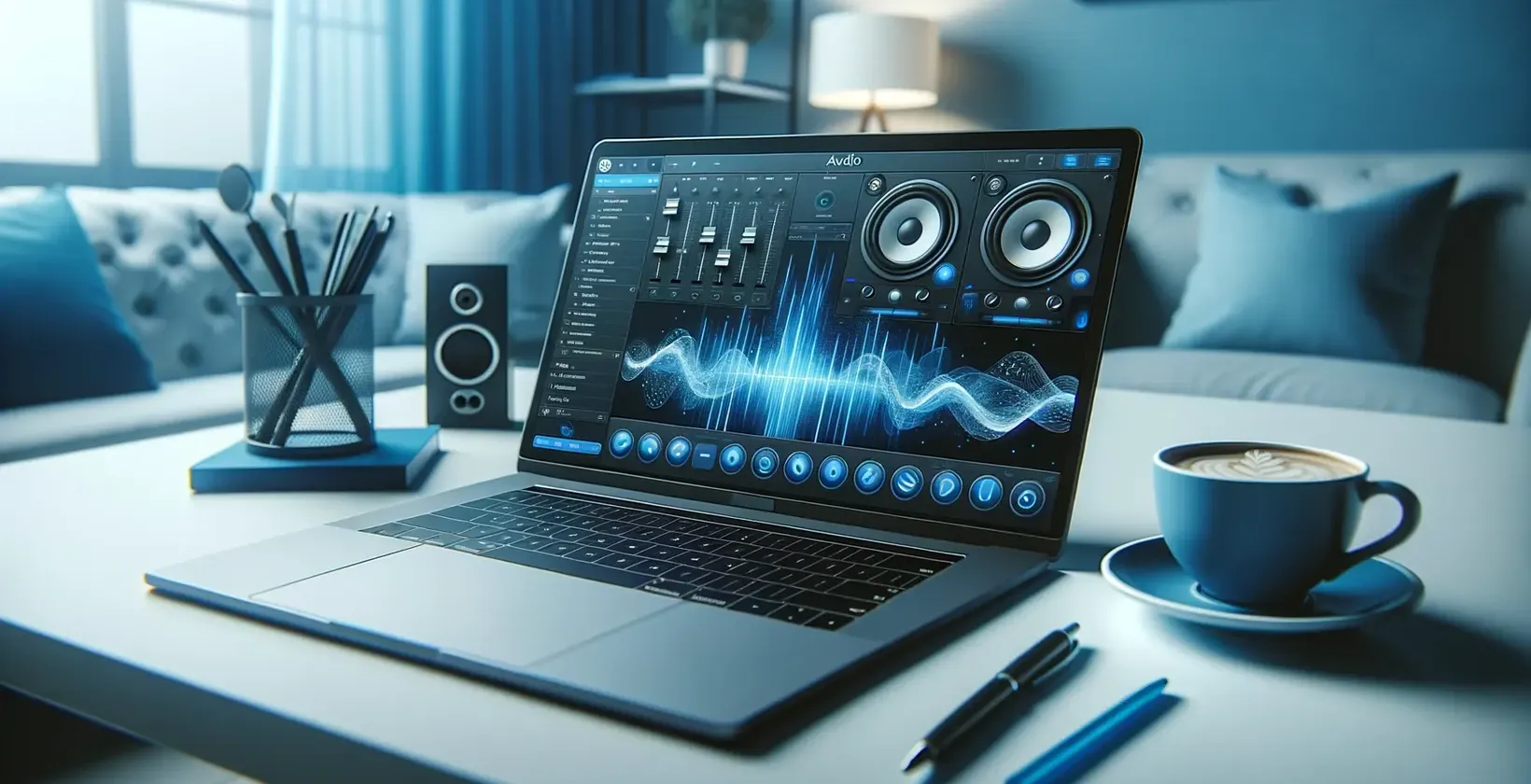Why Should You Use Speaker Tags?
Adding speaker tags to transcriptions helps identify who is speaking at any given time. Speaker tags provide context for the conversation and make it easier to follow the discussion. Below are some benefits of speaker tags:
- Clarity: When there are multiple speakers, the transcription confuses the audience. Using speaker tags and writing the speaker names into the transcription provides clarity.
- Attribution: Speaker tags also help to attribute specific statements to a particular speaker. Making clear who said what in the conversation is helpful in case of crosstalk and background noise.
- Analysis: Speaker tags are used in speech analytics or other NLP applications to identify trends or patterns in the conversation.
- Accessibility: Speaker tags also make the conversation more accessible to individuals who have difficulty following the conversation without visual cues and inaudible situations.
How to Add Speaker Tags to Audio Files for Transcription?
- Listen to the audio file: Before you add speaker tags to an audio file, you need to listen to the recording carefully to identify who is speaking at any given time. Make note of when each speaker begins and ends speaking, and try to distinguish between different speakers based on their voice, tone, and pitch. Transcribe audio to text.
- Use audio editing software: Use audio editing software, such as Audacity or Adobe Audition, to add speaker tags to your audio file. These software programs allow you to insert markers or labels at specific points in the audio file to indicate when a new speaker begins talking.
- Insert speaker tags: Once you have identified the beginning and end of each speaker’s turn, insert a speaker tag or label at the start of each new speaker’s turn. Use different colors or labels to differentiate between speakers, such as Speaker 1, Speaker 2, etc.
- Export the audio file: Once you have added speaker tags to your audio file, export it as a new file in a format that is used for transcription, such as MP3 or WAV. Be sure to save the file with the speaker tags included.
- Use the tagged audio file for transcription: Once you have exported the audio file with the speaker tags, use it for transcription. Either transcribe the audio file yourself or hire a professional transcription service to do it for you.

How to Have Transcriptions with Better Quality?
Transcriptions are especially helpful when you are watching or listening to content in a foreign language. Here are some actions you can take to increase the quality of your transcriptions.
- Listen carefully: When transcribing an audio or video recording, it is important to listen carefully to the recording to ensure that you capture all the words and nuances of the conversation.
- Use a good quality recording: A high-quality recording will make it easier to hear and transcribe the conversation accurately. If possible, use a recording device with good sound quality.
- Use timestamps: Adding timestamps to your transcription make it easier to locate specific parts of the conversation and help with accuracy. Timestamps are added at regular intervals or when there is a change in speaker.
- Use speaker tags: Adding speaker tags to your transcription makes it easier to identify speakers. Speaker tags help to provide context and attribution for the conversation.
- Correct errors: Once you have completed the initial transcription, go back and proofread your work. Double-check and correct spelling errors.
- Use proper formatting: Use clear headings, indentations, proper capitalization, and spacing to differentiate between speakers and separate different sections of the conversation. Abbreviations and acronyms should not contain dashes or periods. Include false starts and stutters, and use proper nouns in the transcription.
- Be consistent: Use consistent formatting and style throughout your transcription. This will make it easier to read and will help to ensure accuracy.
- Pay attention to punctuation: In transcriptions, each comma, ellipses, period, percentage mark, exclamation mark, interjection, etc. is important.
Frequently Asked Questions
Verbatim transcription is a type of transcription that involves capturing every single word and sound in a recording. In a verbatim transcript, every utterance, including pauses, filler words, repetitions, and non-verbal sounds like laughter, mm-hmm sounds, coughs, or sighs is transcribed. Verbatim transcripts aim to capture the conversation exactly without any interpretation, summarization, or editing.
Creating verbatim transcripts requires a high degree of listening skills and attention to detail. Transcribers must be able to distinguish between different speakers, follow the conversation even when it is cluttered, and accurately capture every spoken word, sound, and nuance of the recording.
In verbatim transcripts, commas offset non-essential speech or filler words.
Speaker tags are speaker labels or names assigned to identify who is speaking in a transcription of an audio or video recording. When transcribing a conversation, it is important to add speaker tags to indicate when one speaker begins and the other ends.

